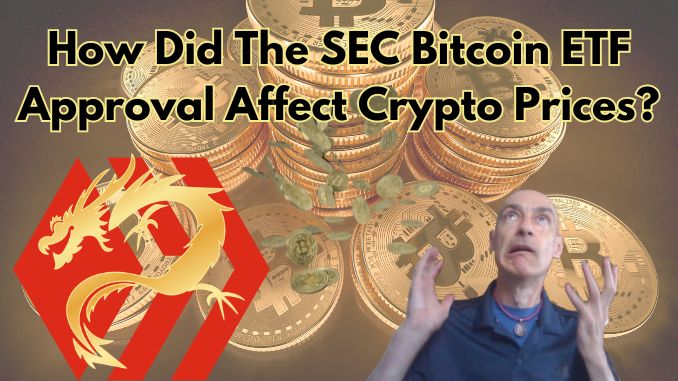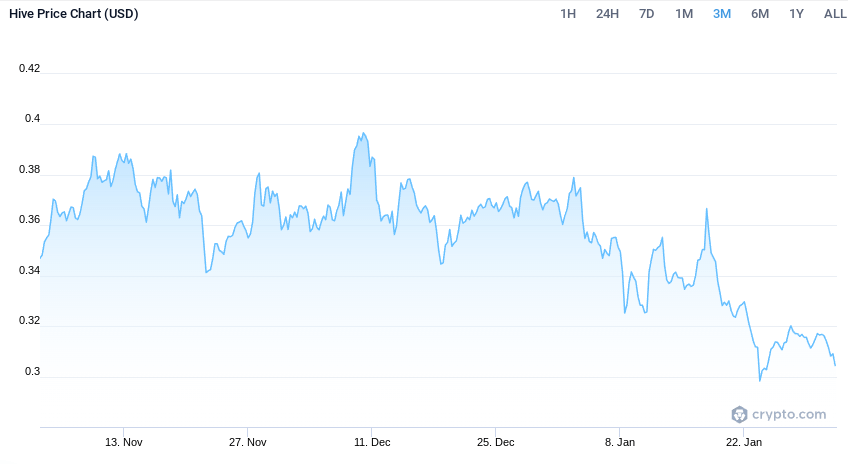
The recent approval of Bitcoin exchange-traded funds (ETFs) by the SEC in January 2024 has sparked great excitement and speculation within the cryptocurrency industry. It will enable investors to gain easy and secure exposure to Bitcoin without having to deal directly with crypto wallets or exchanges. With big name investment companies such as BlackRock, Fidelity, and Grayscale wanting to offer spot Bitcoin ETFs, it is clear that this approval signifies a major step towards institutionalization of Bitcoin and wider adoption by retail investors.
What Are The Advantages of ETFs?
One of the key advantages of these ETFs is that they offer investors an easy entry into the cryptocurrency market without having to deal directly with the complexities of crypto wallets and exchanges. Instead, they can simply buy Bitcoin ETFs as they would stocks or mutual funds, making it more accessible for a broader audience. This ease of access is expected to attract institutional investors such as pension funds and asset managers, thereby increasing the demand for Bitcoin. Additionally, it is anticipated that the SEC approval could pave the way for future ETF approvals for other cryptocurrencies, such as Etherium and Litecoin, further expanding investment opportunities in the crypto market.
While the approval of Bitcoin ETFs is undoubtedly significant, it is important to note that it does not signal a complete change in the SEC’s approach to crypto regulation. SEC Chair Gary Gensler, despite casting the deciding vote in the approval, remains so “cautious” about the risks and lack of regulation associated with cryptocurrencies that to some crypto advocates (such as Elon Musk) he seems positively hostile.
SEC Bitcoin ETF Approval: Expectations and Reality
Prior to the approval there were a lot of bullish predictions of a significant price increase. Increased institutional investment was anticipated with ETFs bringing Bitcoin to a wider audience and potentially boosting demand for Bitcoin. Since Bitcoin has a limited supply – only 21 million coins will ever be mined, it is not unreasonable to expect that increased demand will push prices upwards.
In spite of that, some people believed that ETFs could introduce stability and legitimacy, thereby damping down volatility.
Then there were the bears! Bearish predictions warned of a pre-approval price-bubble fueled by hype and speculation, as well as the possibility of an initial surge followed by a “sell the news” event where early buyers cashed out.
In reality, the price of Bitcoin experienced a short-term surge of approximately 10% in the days following the approval. However, in the following weeks, prices fluctuated significantly, neither skyrocketing nor crashing dramatically. As of February 1st, 2024, the price of Bitcoin is around 20% above its pre-approval levels, exceeding some expectations but not reaching the dramatic predictions that were made by others.

Overall, it can be concluded that the SEC ETF approval has had a positive impact on the price of Bitcoin, although not as dramatically as some initially expected. The effects of this approval seem to be unfolding gradually, with long-term implications still awaiting the launch of the approved ETFs and the evolution of institutional adoption.
How Did The Price Of Bitcoin Affect The Price Of HIVE?

While a certain degree of correlation exists between Bitcoin and most cryptocurrencies, the influence on HIVE price doesn’t tend to be as direct, probably because HIVE is a de-fi project based on “Proof of Stake” (where token holders stake their own tokens to secure the network and earn rewards, which might be in the same token or another one depending on the specific blockchain), whereas Bitcoin is a “Proof of Work” token which rewards Bitcoin miners with Bitcoin itself, and only Bitcoin. The primary purpose of HIVE lies within the Hive blockchain ecosystem, where it serves as a utility token for dApps and content creation.
Both Bitcoin and HIVE both saw gains in the second half of November as cryptocurrencies recovered from the fallout of the collapse of FTX (a company that operated two cryptocurrency exchanges).
HIVE reached it’s year-end peak just under $0.4 around the 11th December and had shed 25% of its value from its recent high by the end of January, completely unaffected by the hype surrounding the SEC’s approval of Bitcoin ETFs.
In contrast, Bitcoin rose to a recent high of $46,696 on 11th January 2024 following the SEC’s approval of Bitcoin ETFs the previous day. So at that point the two tokens were heading in opposite directions, until Bitcoin also headed south during the second half of January before regaining a foothold back in the $40,000s.

What About SPS?
SPS (Splintershards) is the native token of the Splinterlands. Splinterlands is a play-to-earn NFT trading-card monster-fighting game built on the Hive blockchain. SPS is used for governance, rewards, and various in-game functions. Let’s look at the SPS price chart for the last three months:

While expectations of the SEC ETF approval bolstered Bitcoin and the wider market, Splinterlands’ SPS token saw a more independent peak, likely driven by internal ecosystem factors. Despite a small January spike mirroring the ETF approval, SPS experienced a steeper drop than BTC, highlighting its complex relationship with Bitcoin. For a deeper dive into the ups and (mainly) downs of SPS see this post by Captain Dingus: https://peakd.com/splinterlands/@captaindingus/sps-price-action-and-possible-movement
My Hive-Based Crypto Accumulation Report, January 2024
This year I have narrowed my focus to just eight Hive blockchain based tokens. My top priorities are HIVE itself, the HBD stable coin – still paying out 20% interest per annum – and Splintershards (SPS). I want to stake as many Splintershards in the Splinterlands game as I can while prices are low and interest rates still in double figures (13.30% as I write this).
Okay, here is the state of play at the end of January 2024. The good news is that I made some progress towards my 2024 goals across all eight tokens, but progress was slower than I wanted. For one thing, I was not able to earn so much Hive from blogging on the blockchain due to my offline commitments and “other distractions” during January. I also diverted a chunk of my BTC affiliate commissions into some other projects instead of pumping them into HIVE and HBD. Still, progress is progress and better than nothing!
| Crypto Asset | 1st January 2024 | 31st January 2024 | 2024 Target |
|---|---|---|---|
| HIVE Power | 3,438 | 3,484 | 7,000 |
| HBD | 1,346 | 1,543 | 7,5001 |
| Staked SPS | 6,449 | 6,689 | 15,000 |
| CTPSB | 252 | 253 | 750 |
| LEN | 1,234 | 1,246 | 3,500 |
| Staked LEO | 1,518 | 2,035 | 3,500 |
| BBH | 1,046 | 1,829 | 10,000 |
| SWAP.BTC | 0.00012525 | 0.00012552 | 0.01 |
Let’s see what February brings. I hope to have more time to devote to blogging and boosting my crypto earnings this month. Whatever, it’s going to be an exciting time as we head from the SEC Bitcoin ETF approval in January to the next Bitcoin halving, most likely to occur sometime in April 2024.
Cheers!
David Hurley
#InspiredFocus
P. S. Subscribe to my Beginners Crypto Course newsletter for tips and tricks about how to accumulate crypto for free.
Resources
- Bitcoin: Earn free Bitcoin every hour
- Hive: Get onboarded here
- Splinterlands: Collect monster NFTs, fight other monsters, win SPS
